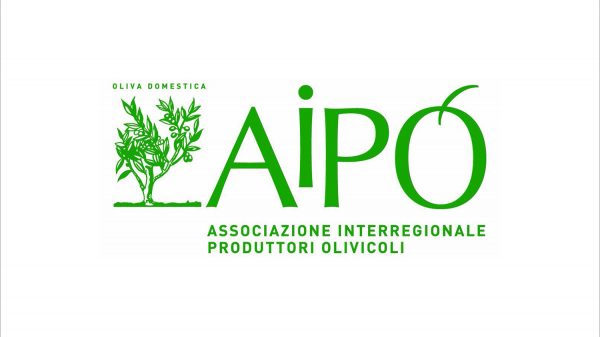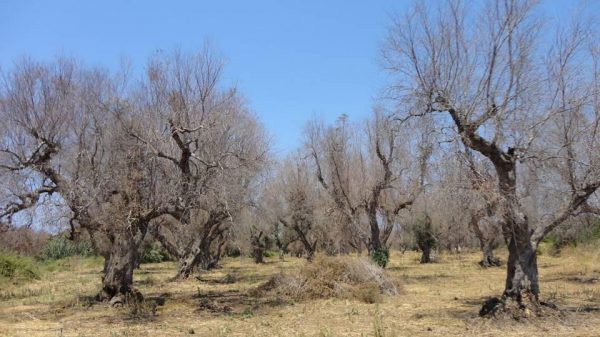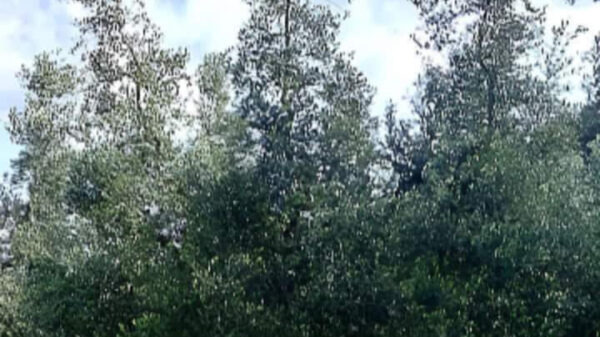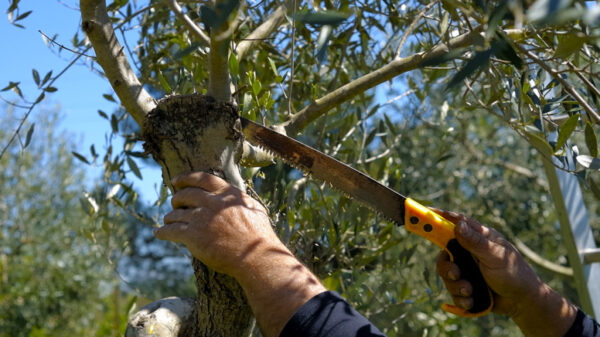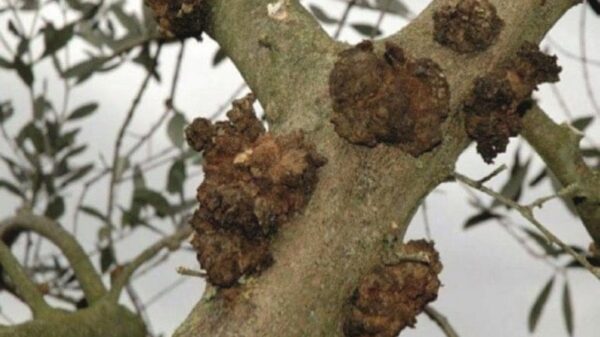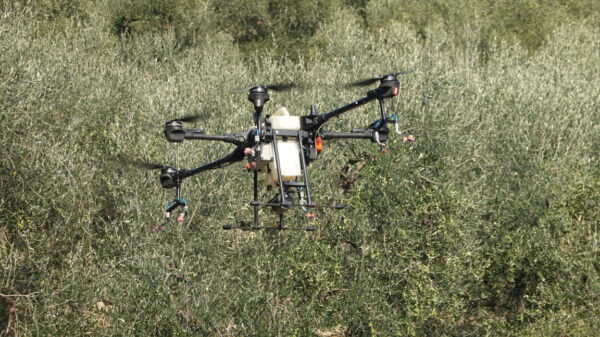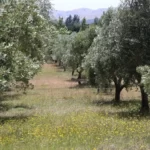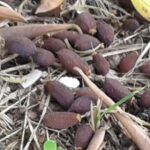The second generation of the moth, the one that directly attacks the olives, has come alive in various areas of the southern regions, but they are also reported in the rest of Italy where, however, there is no advanced phenology of the drupe and therefore it is not time for any treatments. The monitoring of the flight progress of moth adults takes place, as known, with the pheromone traps. And the weekly catch count it also provides useful indications on the times for any interventions. Even if the announced new heat wave could significantly reduce the phenomenon. But let's go in order, starting from the already crystallized situations
“If you decide to intervene with low environmental impact products – he had the opportunity to remind L'Olivo News Ruggero Petacchi, agricultural entomology researcher at the Scuola Sant'Anna in Pisa – currently the use of the is allowed Bacillus thuringiensis, bacterium that leads to the death of the larva after it is ingested. Obviously it is difficult to define the mortality percentage of the larvae resulting from the use of this product, but it remains a card to be played, also recommended in the integrated production specifications. The use of synthetic chemicals could be taken into consideration only if it is possible to define the real loss of oil production due to this phytophagous insect. And in this case we need a more complex work and sampling methodology than counting the percentage of eggs present on the olives".
There was talk of the heat for the next few days. with the heat, the eggs laid by the female of the moth in the pericalicin zone, i.e. close to the calyx of the drupe peduncle, lose turgidity. Eggs dehydrated in this way do not hatch the larvae, thus reducing the drop phenomenon. It should be added that above 30-32 degrees the moths become sterile and therefore, should these temperatures be recorded for several days, there will be practically no spawning, significantly reducing the impact of the infection.
Almost all the Regions provide theirs phytosanitary bulletin to which it is useful to refer in order to monitor the situation in one's own territory.
Olive moth, the second generation has come to life
Monitoring from South to North, the heat limits the phenomenon
Technique and Research
Views: 1K
